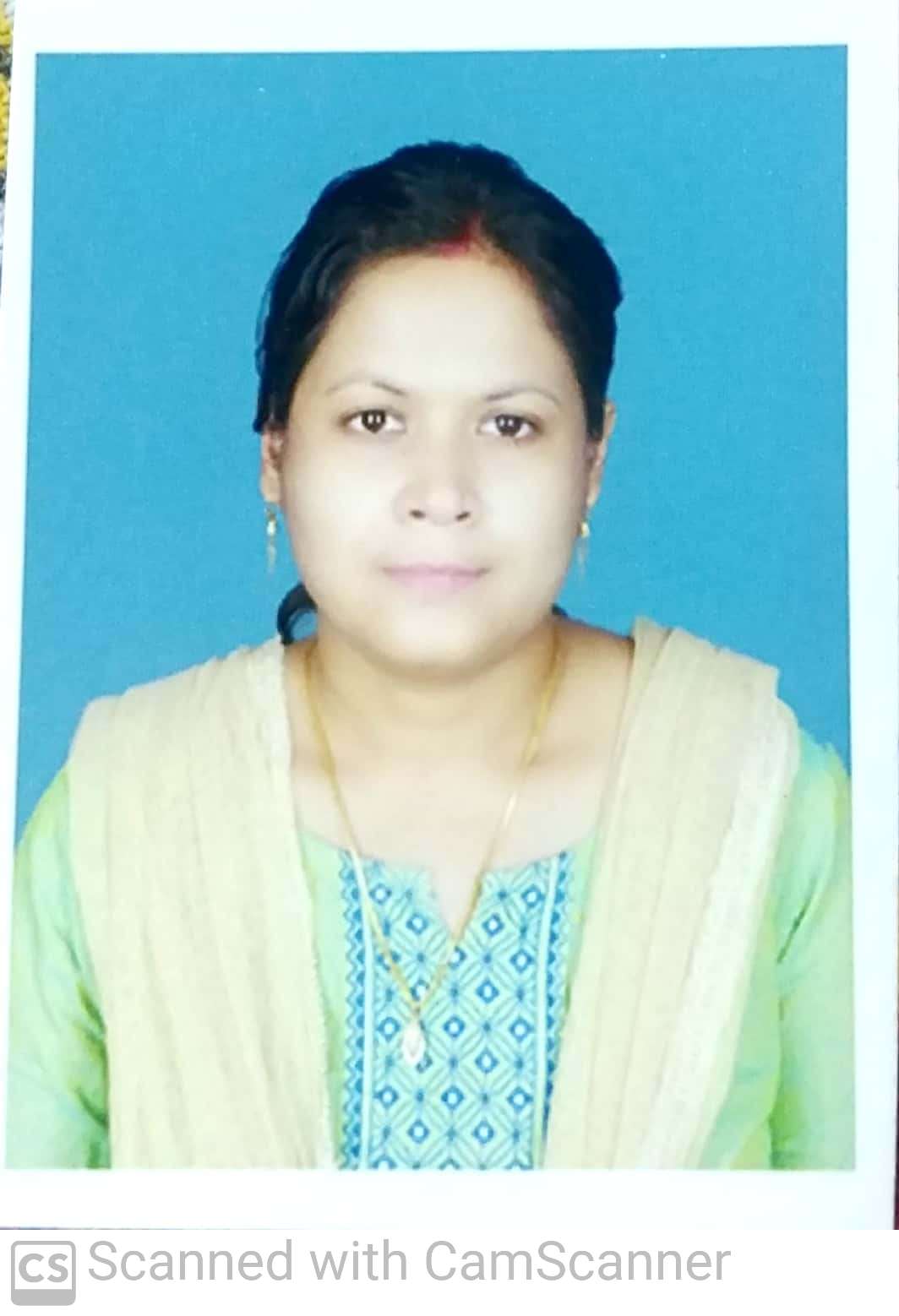About
Dr. Subhasree is currently working as Assistant professor at Sharda University, Greater Noida, Uttarpradesh. She earned her Ph.D. degree from CSIR-IGIB, Delhi in 2018. Her main research work was focused on production of biopolymers from waste biomass. After Ph.D. she joined as postdoctoral researcher at Ewha University, and University of Seoul, South Korea. Here her main focus was anaerobic digestion of food wastes for methane production. She has operated 4000L pilot scale plant. After successful completion of 1 year she joined another project at Yeungnam University, South Korea. During that period, she worked on several fungal toxins and their inhibition from fermentated food. She also worked on biofilm inhibition of pathogenic organisms by natural bioactive compounds.
To her credit, she has 13 research papers published in peer-reviewed journals, 1 edited book with Springer-Nature and 8 book chapters.

